What wood are you going to use for the seats and in-outwales? Are you going to make the seats curved or flat?
Roy
Roy
I built a Wabnaki and put an extra football layer inside and out.I don't want to hijack this thread but I am a little confused here now. I what to make my boat bottom as strong as possible. I am NOT concerned about weight. My plans are to put a regular layer plus football layer on the outside. Should I do that on the inside to make it stronger. Mine is the wabnaki and is fairly wide.
Right! Builder needs to decide how / where the canoe will be used and that will dictate whether reinforcement is needed, how much, and where!Depends on how you want to use it. My first three or four canoes were single layer inside and out. They held up pretty well to some extensive tripping, but eventually they all got retired. They were being used by the school club too, so they had a hard life.
I would recommend an inside layer if you plan on running a lot of whitewater where you have the possibility of a good wipeout, with the associated broaching, or hitting rocks with the bottom of the canoe when you are at full speed. If you use a gps, you will be shocked at how fast you go through some rapids, it's faster than a little outboard can push you sometimes. Hitting a rock with the bottom of your canoe at these speeds can cause the inside layer to split. Ask me how I know, lol.
I would recommend an outside football if you intend to do some actual tripping, with dragging and beachings and some whitewater thrown in.
To be clear, a single layer will provide you with lots of strength. Decide on how you want to use it, and build it to that use.
I second this!inside layer of glass split open while the exterior stayed intact. If I had an extra layer on the inside, it probably would have remained intact
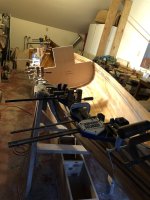
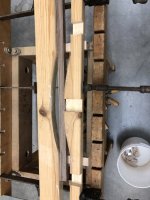
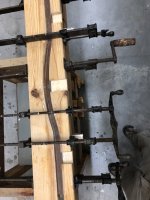
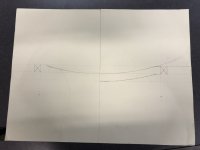

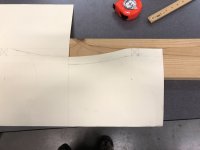
It will certainly be strong enough.I saw one that had a brass tube drilled through the stems, about 6" below decks. I like the way this looks, but is it strong enough? I'm concerned it would tear through the stem/hull. If anyone has any thoughts to share, I'd appreciate it.
not sure if this link will do what it is supposed to, but seats start at post #161
